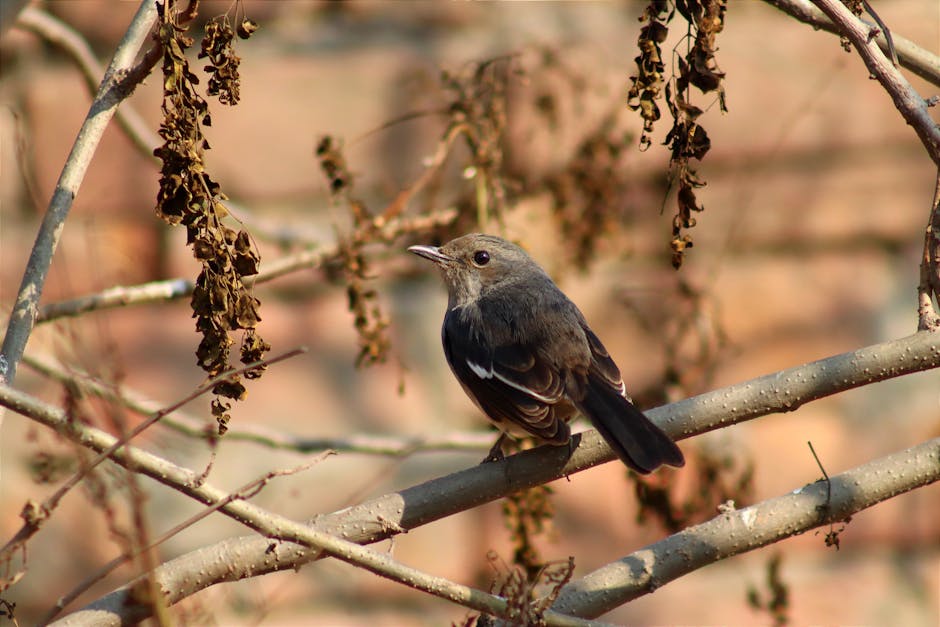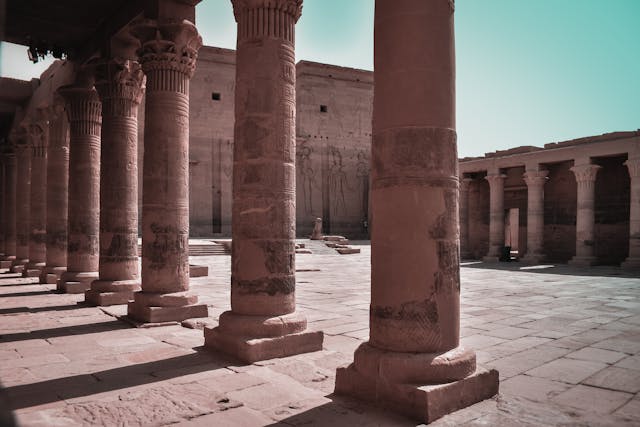
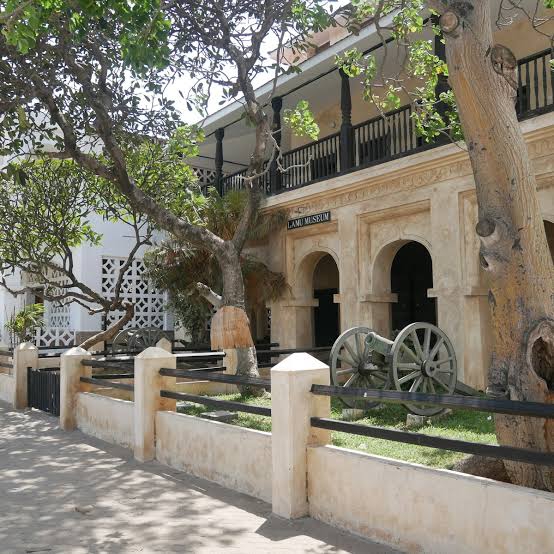
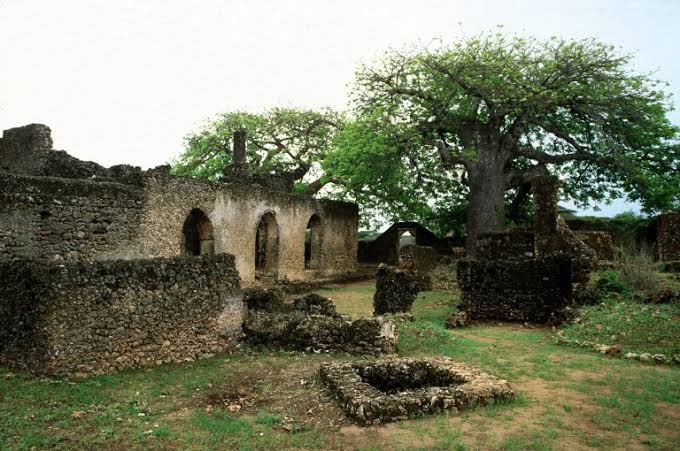
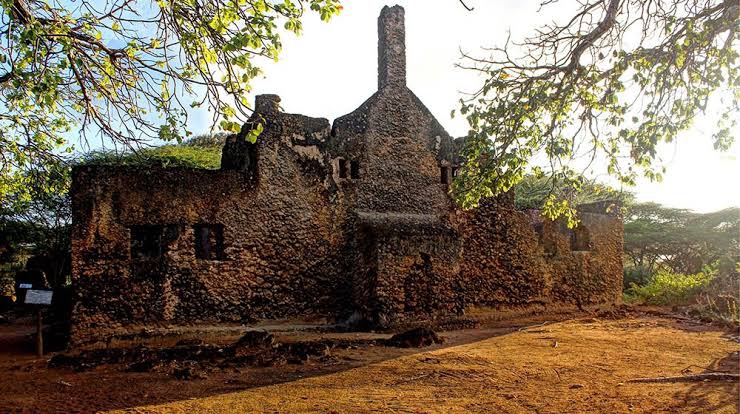
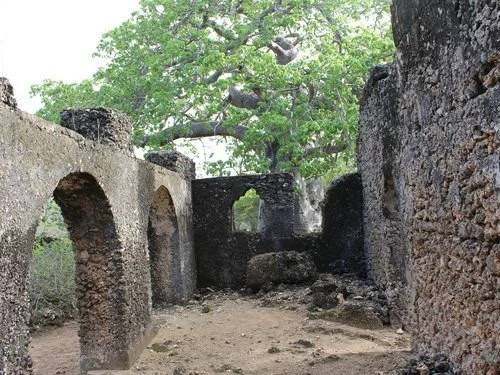
Takwa Ruins Museum – A Journey Through Swahili Civilization
History African@africanhistory
4 days ago
Nestled on Manda Island, just off the coast of Lamu, the Takwa Ruins Museum offers an intriguing glimpse into the once-thriving Swahili civilization that flourished between the 15th and 17th centuries. Today, the ruins stand as a reminder of a prosperous community that engaged in trade across the Indian Ocean, leaving behind an architectural and cultural legacy.
🏛️ Discover the Ruins
The Great Mosque: One of the most remarkable features of the ruins is the Great Mosque, which still displays impressive architecture, including a mihrab (prayer niche) and a beautifully inscribed pillar tomb from 1681. This structure was central to the religious life of the Swahili community.
Swahili Architecture: The ruins reveal the layout of the town, with coral stone houses, defensive walls, and intricate doorways that reflect Swahili craftsmanship. These buildings tell the story of an advanced society with significant trade and cultural influence.
Artifacts and Art: The museum houses a small but fascinating collection of artifacts, including a siwa, a brass instrument traditionally used by Swahili elites, and pottery pieces that illustrate daily life in the town.
🌍 Cultural Context
Abandonment of the City: Takwa was abandoned in the 17th century, likely due to rising saltwater levels and conflicts with neighboring regions. However, the ruins provide insight into the Swahili coastal settlements and their intricate connection to trade and the wider Indian Ocean world.
Pilgrimage and Tradition: Even today, the community maintains ties to Takwa by visiting the Pillar Tomb during biannual rain-making rituals, a cultural tradition linking modern Lamu residents with their ancestors.
🗺️ Visiting Takwa Ruins
Getting There: Takwa is accessible by a short boat ride from Lamu Town, making it a perfect day trip for tourists exploring the region’s rich history.
Guided Tours: Explore the site with knowledgeable guides who offer fascinating insights into the history, architecture, and culture of the Swahili people.
Best Time to Visit: The dry season (from December to March) offers the most comfortable weather for exploration, but the site is open year-round.
🏝️ Immerse in History
Visiting Takwa Ruins isn’t just about sightseeing; it’s about connecting with a piece of living history that reflects the intricate blend of coastal Africa’s diverse cultures. Whether you’re drawn to its ancient ruins, its spiritual significance, or its enduring legacy, Takwa is a must-see for anyone visiting the Lamu Archipelago.
#TakwaRuins #SwahiliCivilization #LamuHeritage #SwahiliArchitecture #KenyaMuseums #TakwaRuinsMuseum #AfricanHistory #CoastalKenya #LamuIsland #SwahiliCulture #HistoricSitesKenya #CulturalHeritage
Photo Credit: Ventes ventures
